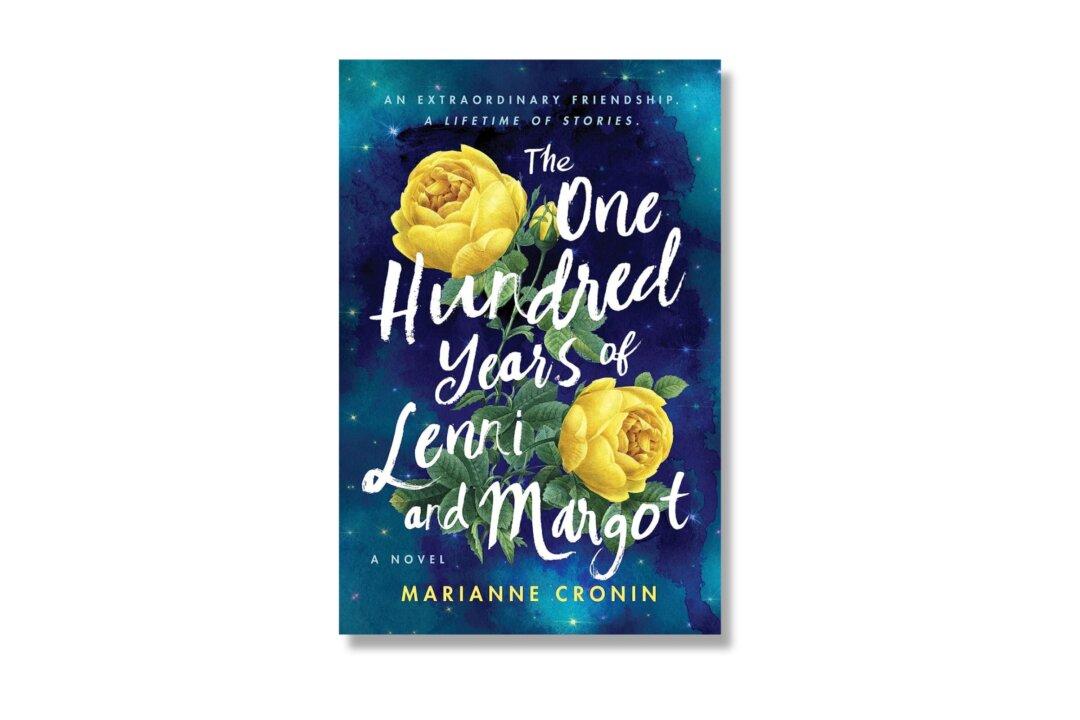In “The One Hundred Years of Lenni and Margot,” we meet Lenni Pettersson who is 17, and Margot Macrae who is 83. Together, they have lived 100 years, and that realization is the premise for Ms. Cronin’s wonderfully relatable tale.
United by their terminal diagnoses and the realization that they likely have fewer days ahead than behind them, they decide to work on a project during their art therapy sessions: to create 100 paintings, each representing a year of their lives.





